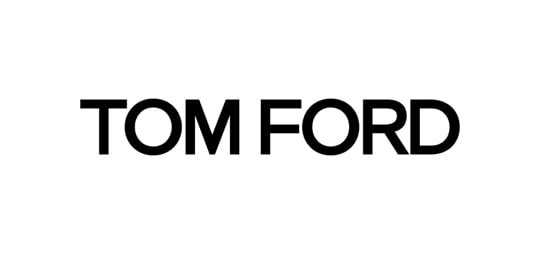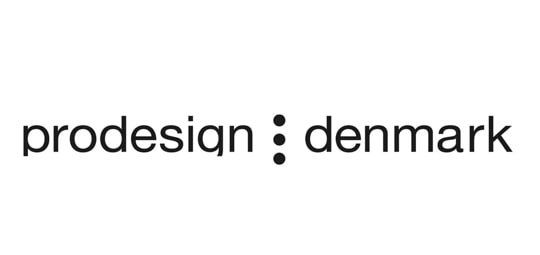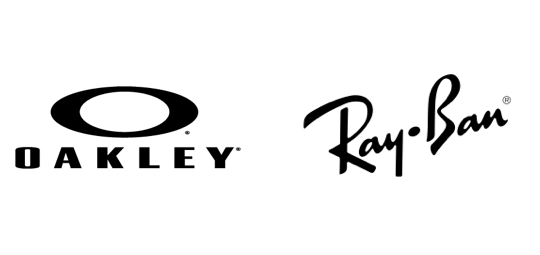Control Your Child’s Myopia with Innovative Techniques
Myopia is an eye condition often detected in children, and it can run in the family.
Clarity Vision Group is here to help provide your family with generations of improved vision and healthy eyes. We can accurately assess your child’s eyes and offer an individualized myopia treatment plan for a future of clear vision.
Have your child’s eyes evaluated today by scheduling their next appointment.
The Importance of Myopia Management
Myopia is the medical term for nearsightedness—a refractive error which makes reading or up-close work easy, while distant objects appear blurry.
It’s caused when the eyeball grows too long or the cornea becomes too steep, hindering the lens’ ability to focus light onto the retina correctly. Traditional contact lenses or eyeglasses do an excellent job of focusing light properly onto the retina, but they do not stop the elongation of the eyeball, and patients may require contact lenses of increasingly powerful prescriptions.
Myopia control aims to halt this growth entirely.
Methods of Myopia Control
If myopia is left untreated, your child can be at an increased risk of developing sight-threatening conditions like cataracts, glaucoma, and retinal detachments. The good news is there are ways to treat your child’s blurred vision while simultaneously slowing the progression of myopia.
Ortho-K Lenses
Orthokeratology, known as ortho-k for short, is a specialty contact lens designed to reshape the cornea. These strong and rigid gas permeable (RGP) lenses are made to be worn overnight. They apply a gentle, but constant, pressure on the cornea, forcing the cornea to reshape itself slightly.
For the duration of the next day, the reshaped cornea works as if there is no myopia at all. This method has also been shown to substantially reduce the growth rate of the eye.
Soft Multifocal Lenses
Soft multifocal contact lenses correct myopia in children while slowing the growth of the eye. These lenses are designed like a bullseye with alternating treatment zones. One zone corrects the refractive error to provide your child with clear vision and the other zone brings peripheral light rays into focus in front of the retina, signaling the eye to slow its growth.
Clear Vision for a Bright Future
By diagnosing a child with myopia in its early stages, we can intervene with management methods to limit its severity. It’s imperative to bring your child in for a pediatric eye exam every 12 months to monitor their eye health. Here, we can perform conclusive tests and take immediate action to improve their vision when needed.
Book your child’s next eye exam today.
Our Services
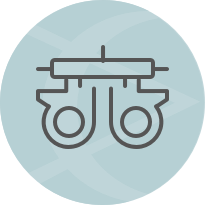
Adult & Senior Eye Exams
Our comprehensive adult and senior eye exams give us the opportunity to assess your eye health, test your vision, and protect your eyes from future health problems.
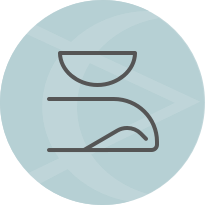
Contact Lens Exams & Evaluations
Before you order your next pair of contacts, it’s important to get a proper contact lens exam and evaluation. Contact lenses aren’t suitable for everyone and an exam can help determine what vision correction solution is right for your eyes.
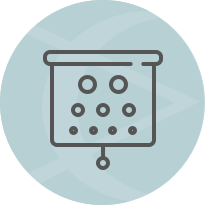
Children’s Eye Exams
Many eye diseases and conditions start to progress during childhood. Protect your child’s vision and eye health by making sure they see us regularly for an eye exam.
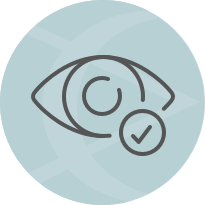
Myopia Management
Does your child have myopia or nearsightedness? With a variety of myopia management techniques and treatments, we can help your child’s vision improve.
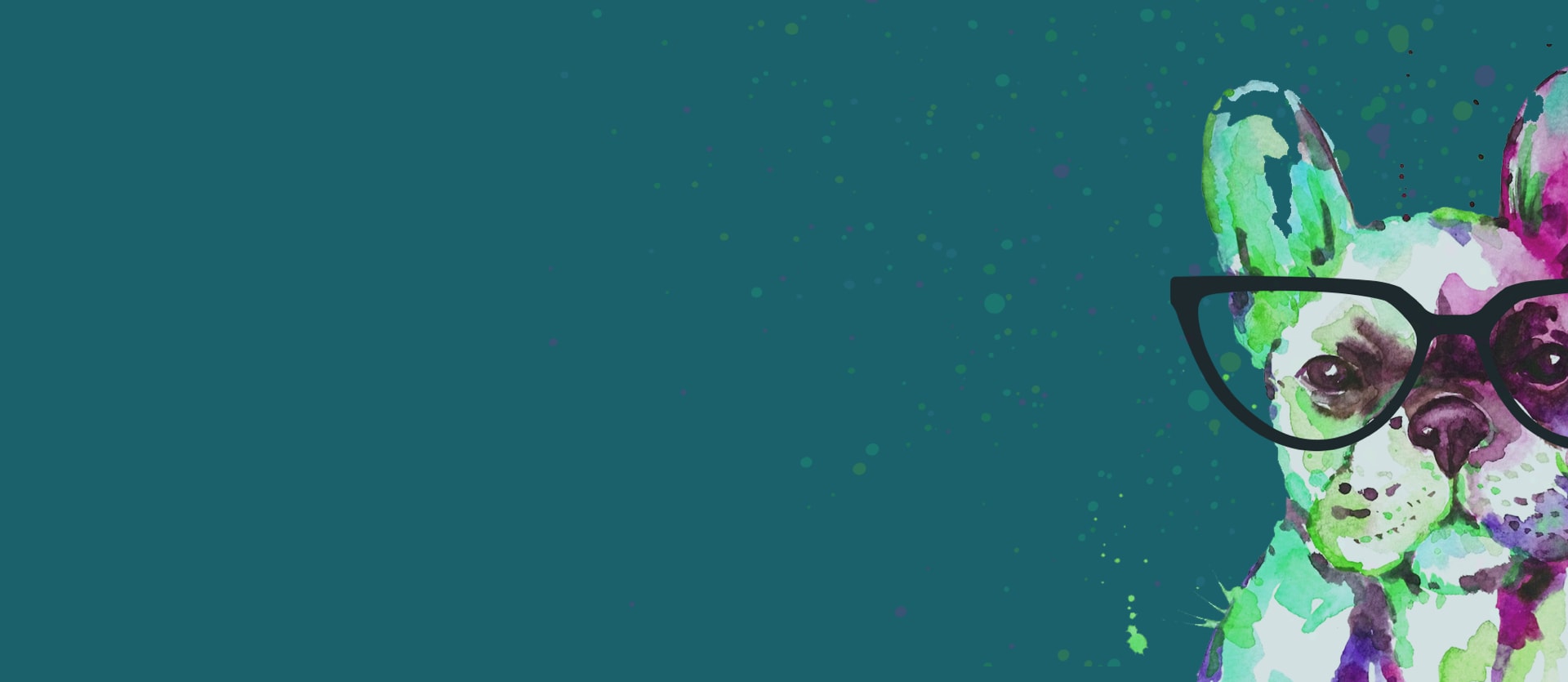
Our Location
Visit Us Today
When you visit our practice, every step of your eye care experience will be tailored to you. Visit us today to see the difference we can make in your life.
Where to Park
Our practice is conveniently located at the corner of Peachtree Parkway and South Clement Road. There is parking available directly in front of our office.
Our Address
- 1780 Peachtree Pkwy. Suite 301
- Cumming, GA 30041
Contact Us
- Phone: 770-205-2520
- Fax: 770-456-5994
- Text: 770-205-2520
Our Hours
- Monday: 8:30 AM – 6:00 PM
- Tuesday: 8:30 AM – 6:00 PM
- Wednesday: 8:30 AM – 6:00 PM
- Thursday: 8:30 AM – 6:00 PM
- Friday: 8:30 AM – 6:00 PM
- Saturday: 9:00 AM – 1:00 PM
- Sunday: Closed
Our Google Reviews
Our Brands
